Blue and white bowl with phoenix painting, ceramic, 15th century. (Photo: BTLSQG)
The collection of Bat Trang ceramics dating from the 14th to the 20th century will be widely introduced to the public by the National Museum of History through the exhibition "Bat Trang Ancient Ceramics" on the occasion of International Museum Day (May 18).
The exhibition is divided into 4 parts: History of formation, Bat Trang pottery in the 14th century, Bat Trang pottery in the 15th-18th centuries, Bat Trang pottery in the 19th-20th centuries.
According to historical records, the land of Bat Trang was called Bat commune, first recorded in "Dai Viet su ky toan thu" in 1352. In the 15th century, the name Bat Trang commune appeared and was recorded as a famous pottery village, the book "Du dia chi" by Nguyen Trai (1380-1442) wrote: "Bat Trang village makes bowls and cups."
In the 14th century, Bat Trang mainly produced ceramic products in the following forms: white, celadon, and brown glazed bowls, plates, and basins; brown flowered ceramic jars, basins, and lampstands; and bowls and plates.
In the second half of the 14th century, a line of ceramic products appeared using the technique of painting blue with a brush under a layer of glossy white glaze, the patterns were mainly lines, flowers and leaves drawn very roughly and faintly.
16th century blue-and-white enameled lampstand and 17th century model of a house in ivory, moss green and brown enamel. (Photo: BTLSQG)
This type of pottery is called "pre-blue glaze" by researchers, marking the birth of this type of glazed pottery and quickly reaching a level of excellence, perfecting technology and techniques in the next century, making Vietnam a contemporary ceramic production and export powerhouse.
The 15th-18th centuries were a period of strong development of trade relations between Vietnam and many countries in the world . Ceramics were an important export item, creating conditions for the ceramic production industry in Vietnam in general and Bat Trang in particular to develop remarkably in both quantity and quality, becoming a production center with many types of ceramics reaching high technical and artistic levels. Bat Trang with famous products such as blue and white ceramics, carved ceramics, relief ceramics, multi-colored ceramics, crackle-glazed ceramics... widely serving domestic and export needs.
In the 18th century, historical changes both internationally and domestically caused the export ceramic production centers in Vietnam to gradually decline. Although Bat Trang ceramics were affected, they still maintained their enduring vitality thanks to a wide domestic market with household items, worship items, decorative items and architectural items that were essential for all social classes.
Since the 18th century, the international, regional and domestic situation has changed a lot, Vietnam's foreign trade relations have declined, the export of ceramics has decreased, causing the ceramic export centers that were once very prosperous in the previous centuries to gradually decline. Bat Trang was also affected, the ceramic export market no longer existed, but it still maintained thanks to the wide domestic consumption market with household items, worship items, decorative items, and custom-made items to suit the needs. Therefore, Bat Trang ceramics of this period, in addition to traditional themes, also saw the appearance of imported themes from outside according to Chinese legends such as: "The Fisherman Makes a Profit", "Su Wu Herds Goat", "The Three Kingdoms", "The Eight Immortals Cross the Sea" ...
With a long history, converging the quintessence of unique national cultural values, Bat Trang pottery has become an object of research and collection by the museum over many periods and formed a valuable collection.
Through the exhibition, the National History Museum wishes to introduce to the public at home and abroad a rich collection of ceramics with high historical, cultural and artistic values, thereby helping the public to understand more deeply and appreciate traditional cultural values, raising awareness of preserving and promoting national cultural and historical values.
The exhibition opens from 9am on May 18 and lasts until the end of September 2023 at the National Museum of History, 1 Trang Tien, Hanoi./ .
(Photo: BTLSQG)
Source link


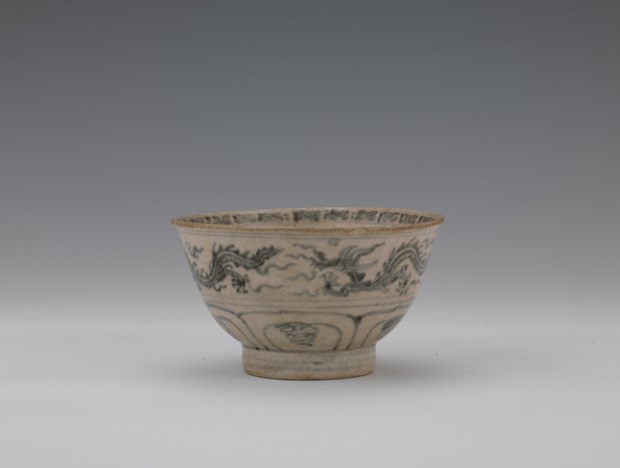
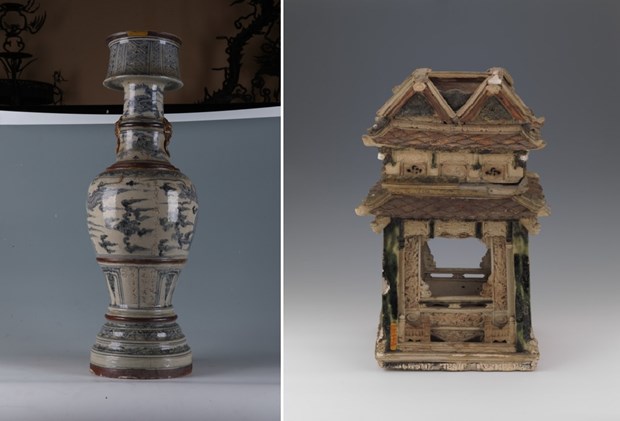
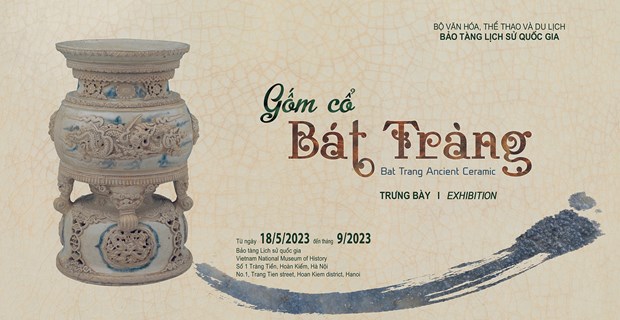
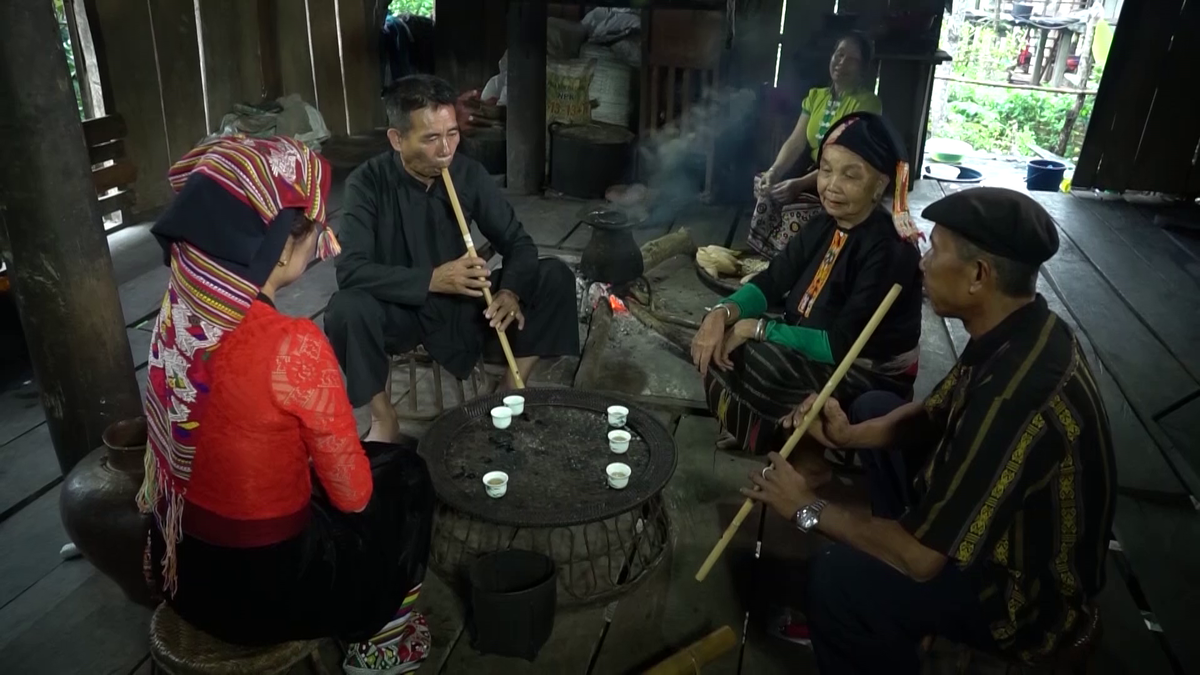










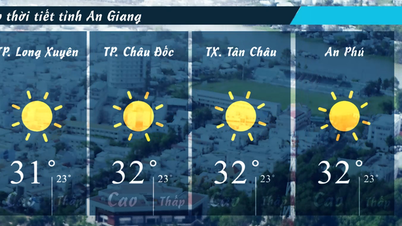













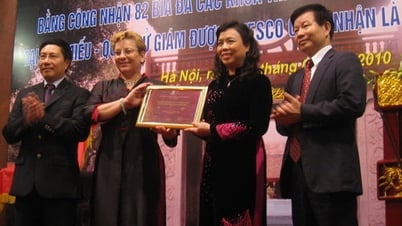



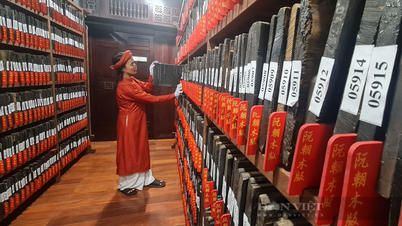













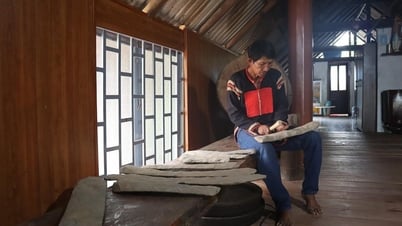












![[Photo] General Secretary To Lam attends the launch of 3 digital platforms serving the implementation of Resolution No. 57-NQ/TW](https://vphoto.vietnam.vn/thumb/402x226/vietnam/resource/IMAGE/2025/7/2/d7fb7a42b2c74ffbb1da1124c24d41d3)




































Comment (0)